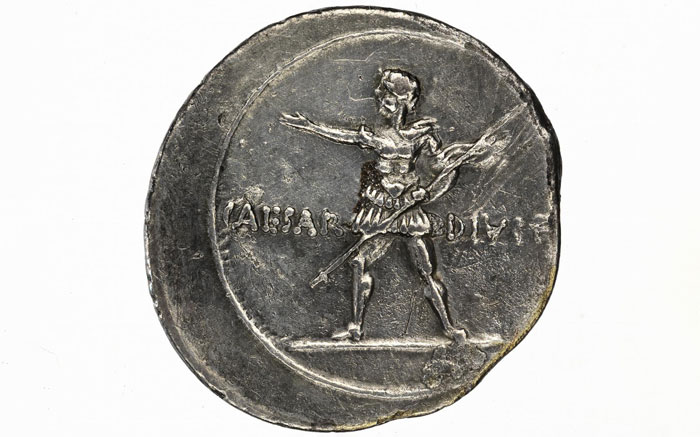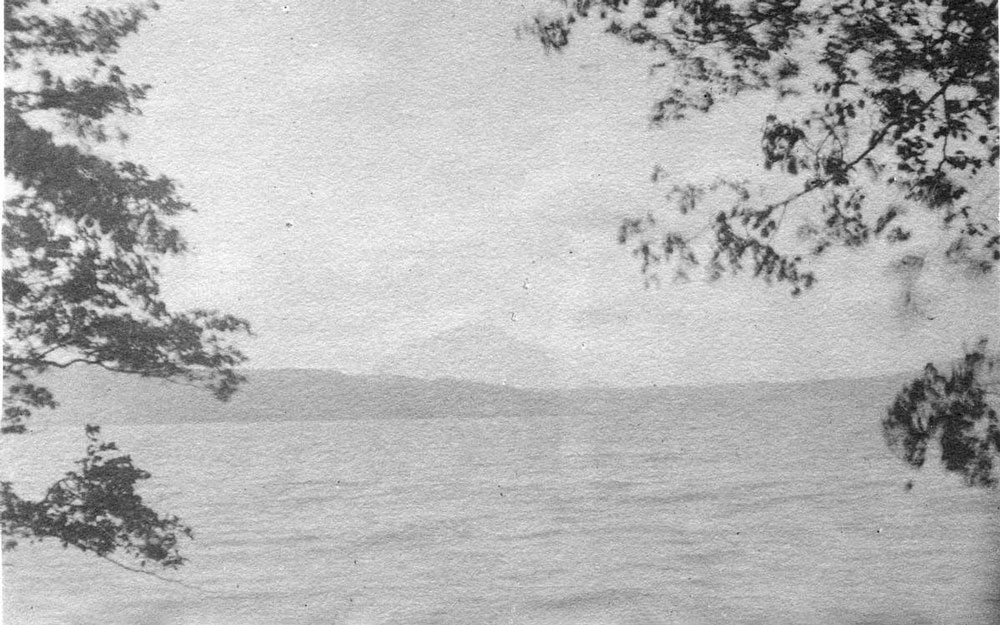Online Collections
Explore Penn Museum collections information, images, archival films, and more.
Notice for Collections Content
These records describe cultural and historical items that may be culturally sensitive. Some records may document human remains; others may contain names, images, or recordings of deceased individuals or include information or language that is outdated, offensive, or incorrect. These are based on past collecting practices and interpretations, which may not reflect current views and values of the Penn Museum.
We update records and images regularly and encourage and welcome members of descendant communities, scholars, and others to contact us with feedback, questions, or concerns.

Great Revolutionaries
2021-2022 Lecture Series
Throughout history, there have been outstanding leaders and change-makers that have guided societies through times of great difficulty and triumph. Explore the stories behind a diverse mix of revolutionaries who brought dramatic change to their societies from ancient times to today.
Watch Series
Hokkaido, Japan
In 1901, Hiram M. Hiller Jr. traveled to the northernmost island of Japan, Hokkaido, on behalf of the Penn Museum. The expedition produced over 250 artifacts as well as three journals of notes and numerous lantern slides, providing the Penn Museum with one of the best-documented Ainu collections in the US. Hiller also collected a small sample of pottery from the ancient Jomon culture which dates as far as back 12,000 BCE, some of the oldest known in the world.

Ur, Iraq
Located in southern Iraq, Ur was one of the most famous archaeological excavations during the early 20th century. The work at Ur brought the magic of archaeology to life, particularly by tying the discoveries into familiar biblical stories. Between 1922 and 1934, the Joint Expedition of the British Museum and the Penn Museum uncovered some of the most well-known and celebrated art from ancient Mesopotamia.




